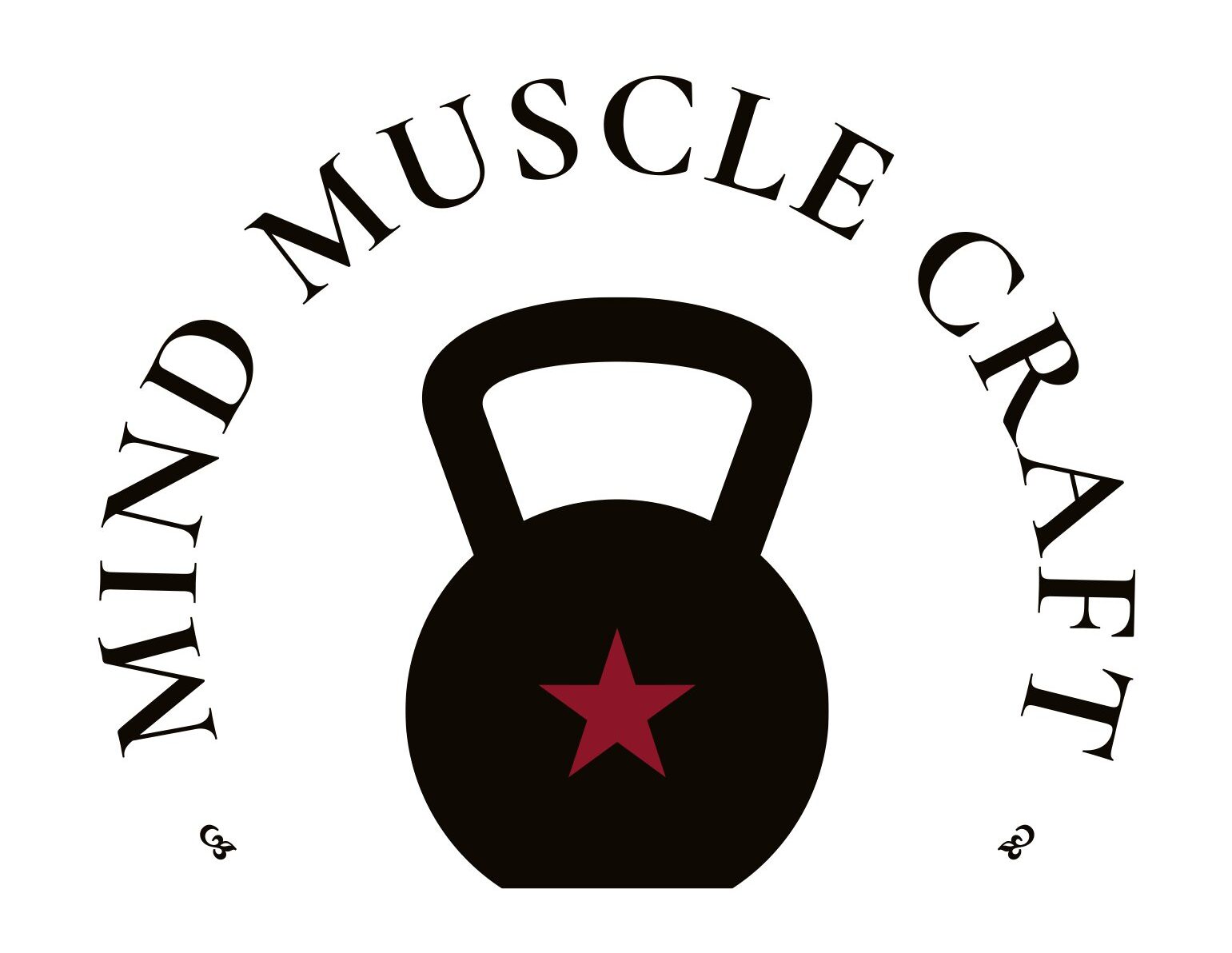Introduction: Cardiovascular Disease (CVD) poses a significant threat to public health, encompassing various forms such as Coronary Heart Disease (CHD), Cerebral Infarction, and Peripheral Arterial Disease (PAD). Understanding the risk factors and adopting a heart-healthy lifestyle are crucial for effective prevention.
Coronary Heart Disease (CHD): CHD occurs when the coronary arteries, responsible for supplying the heart muscle with oxygen and nutrients, become narrowed or blocked.
Cerebral Infarction: This type of stroke happens when a blood vessel supplying the brain is blocked, depriving a specific brain area of oxygen and nutrients.
Peripheral Arterial Disease (PAD): PAD is a circulatory issue where narrowed or blocked arteries reduce blood flow to the limbs, primarily affecting the legs.
Risk Factors for CVD: Non-Modifiable Risk Factors:
- Increasing age
- Male gender
- Females (post-menopause)
- Family history
- Ethnic background (individuals of South Asian origin have a higher risk compared to those of European origin)
Modifiable Risk Factors:
- Smoking
- Low levels of high-density lipoprotein (HDL) cholesterol
- High levels of total cholesterol
- High levels of low-density lipoprotein (LDL) cholesterol
- Sedentary lifestyle/physical inactivity
- Unhealthy diet
- Alcohol intake exceeding recommended levels
- Overweight and obesity
Co-morbidities Increasing CVD Risk Include:
- High blood pressure
- Diabetes and pre-diabetes
- Dyslipidaemia (familial and non-familial)
- Atrial fibrillation
- Systemic inflammatory disorders (e.g., rheumatoid arthritis)
- Obesity, especially when associated with sleep apnea
- Influenza
- Serious mental health problems
- Periodontal disease
Nutrient/Food Intake in Cardiovascular Prevention: Cardiovascular prevention focuses on addressing lifestyle, including diet, with two main nutrient goals: the 2021 ESC Guidelines on cardiovascular disease prevention in clinical practice
- Reducing salt intake to <6 g/day (with a target of <3 g by 2025)
- Reducing saturated fat intake to <11% of food energy intake.
For individuals at high risk of or with CVD, advice includes: It is intended for healthcare professionals and people who are at risk of CVD or who have CVD
- Total fat intake to ≤30% of total energy intake
- Saturated fat intake to ≤7% of total energy intake
- Dietary cholesterol <300 mg/day.
Cardioprotective Diet: A cardioprotective diet includes foods found in the Mediterranean diet, characterized by:
- More oily fish and less meat
- Fresh fruits and vegetables
- Olive oil instead of saturated animal fats
- Whole grains
- Legumes (pulses), nuts, and seeds.
Explaining the benefits of each component emphasizes the importance of these dietary choices in promoting heart health.
Other Lifestyle Interventions: Dietary advice should be given in conjunction with guidance/support on other aspects of life, including:
- Promotion of physical activity: ≥150 minutes of moderate-intensity aerobic activity weekly or 75 minutes of vigorous-intensity aerobic activity or a mix of both, along with muscle-strengthening activities on ≥2 days/week.
- Smoking cessation
- Stress management, recognizing the significant impact of mental health on overall cardiovascular well-being.
Conclusion: In conclusion, understanding and addressing both non-modifiable and modifiable risk factors for CVD are essential steps towards a heart-healthy life. By incorporating nutrient targets and embracing a cardioprotective diet alongside lifestyle interventions, individuals can significantly reduce their risk of cardiovascular disease. For those who identify with the risk factors mentioned, seeking advice from healthcare professionals is crucial. Let’s commit to these changes for a healthier heart and a better quality of life.


Recent Comments